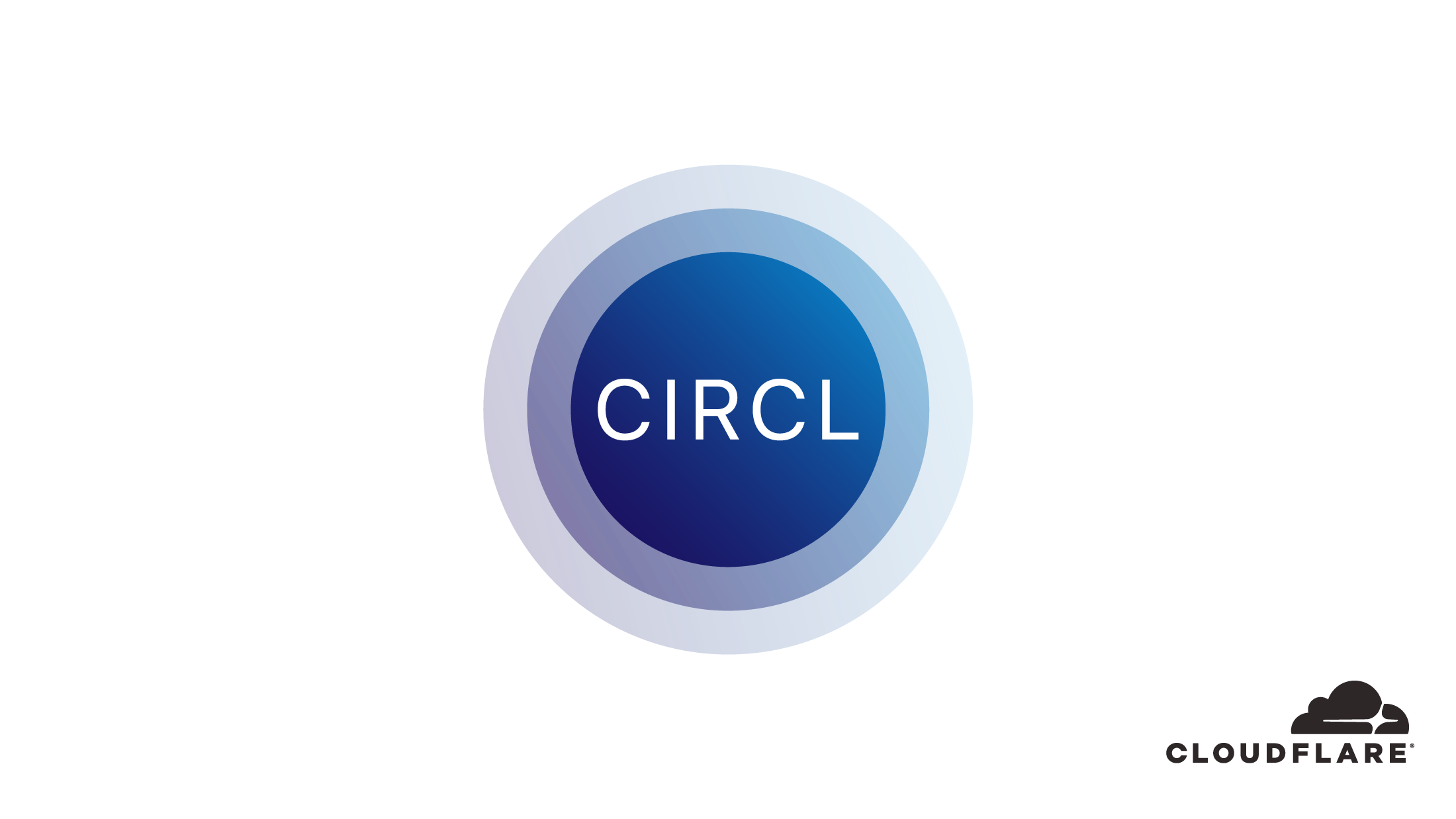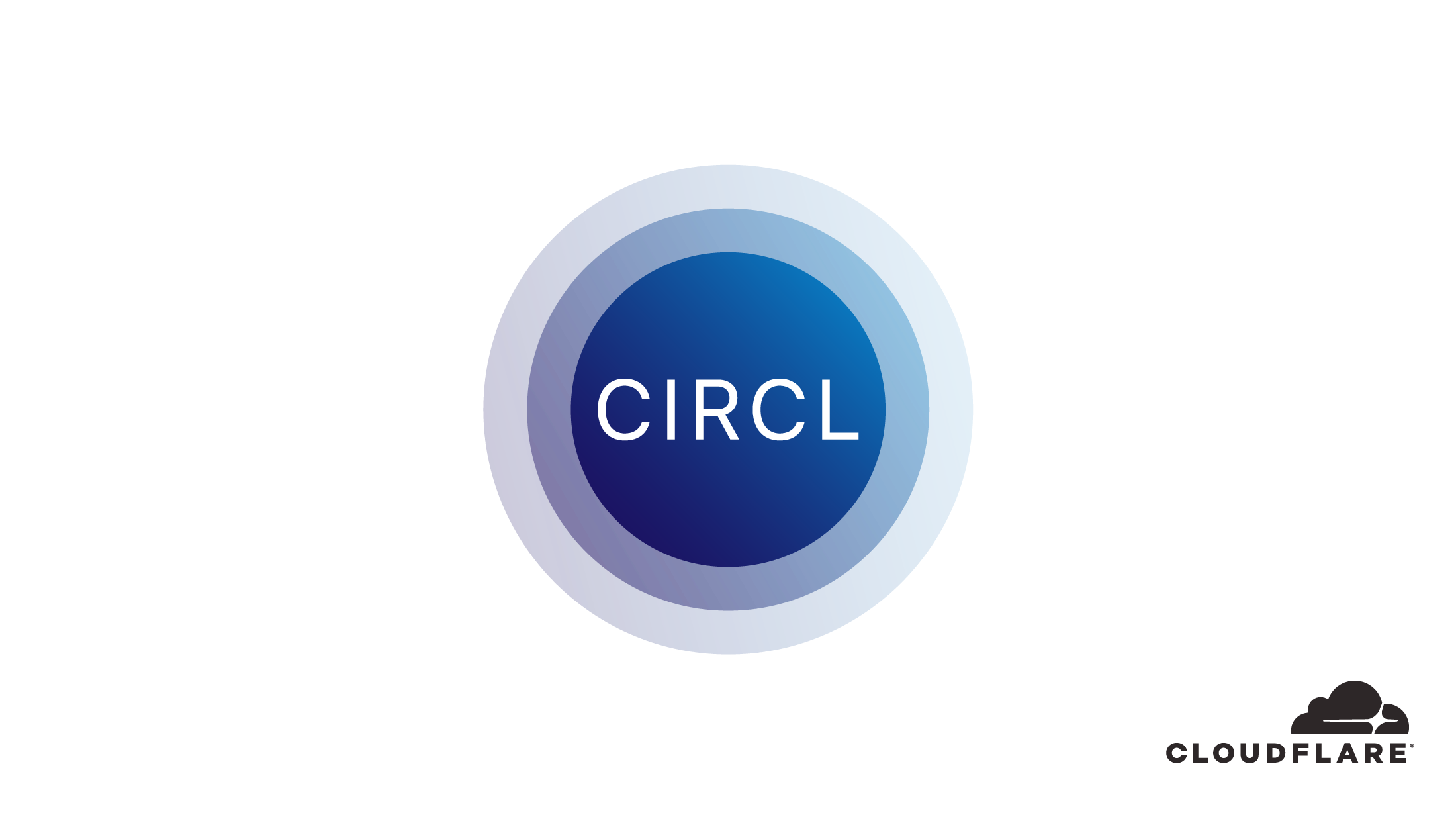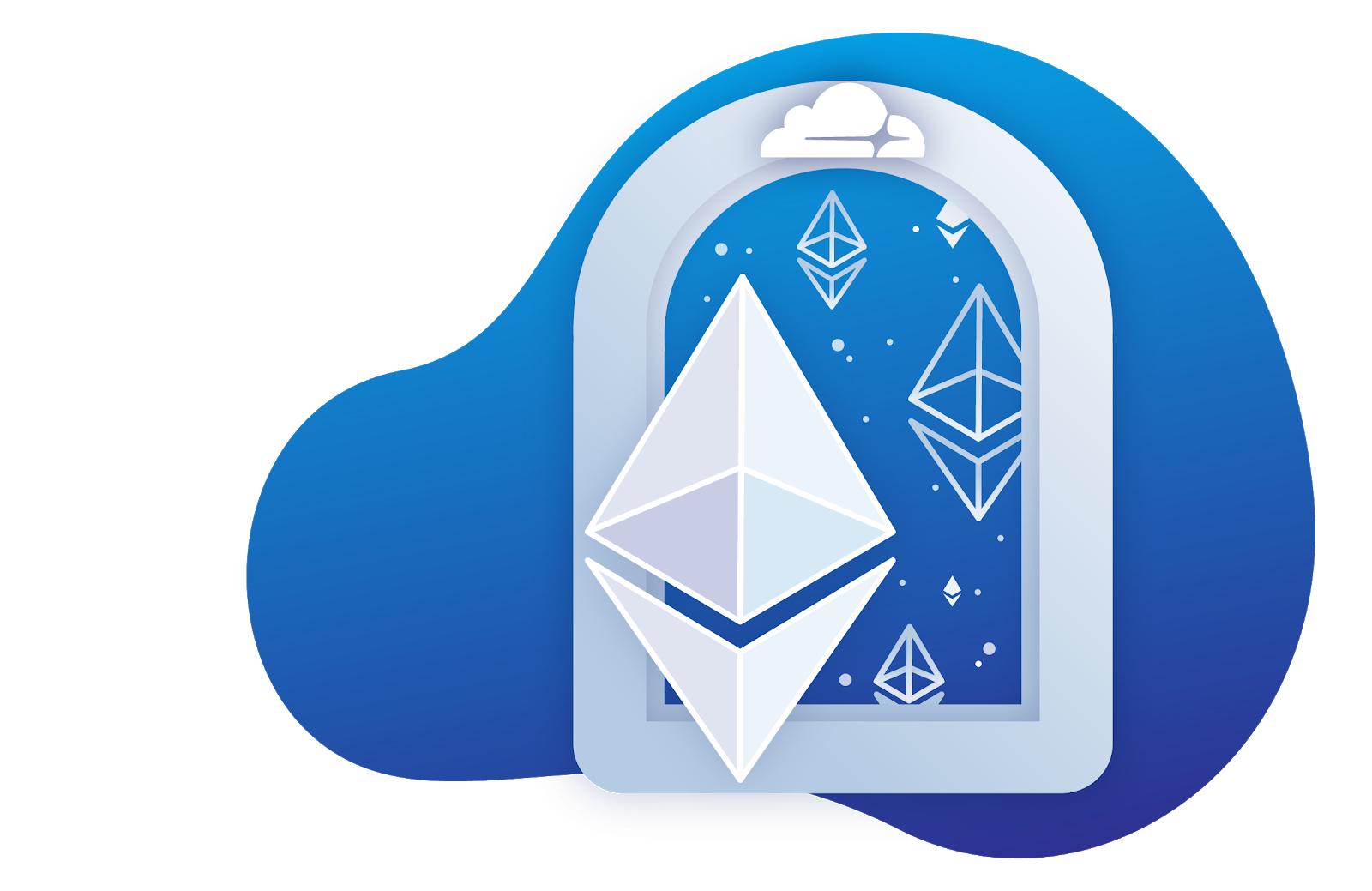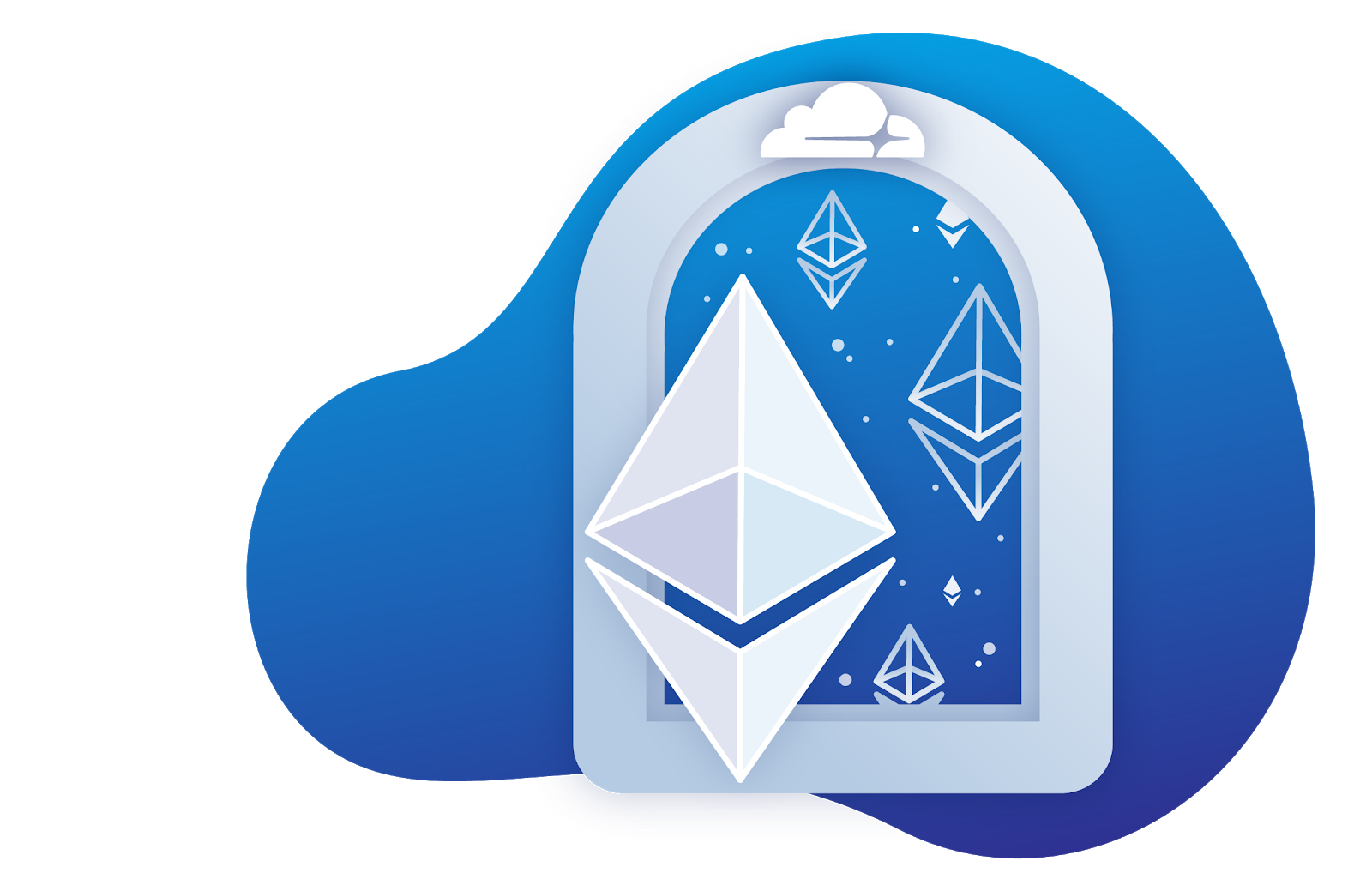Cisco Patches Critical Flaws in Data Center Network Manager
The bugs could allow attackers to take over affected devices, but Cisco says it’s “not aware of...
Extreme Touts Cloud Native, SD-WAN in $272M Aerohive Deal
The combined entity will count about 60,000 customers and bolster its No. 3 position in the global...
The Internet Is Your Oyster: MANRS at International Telecoms Week

What do oysters, clams, and mussels have in common with network operators? Hint: it’s not just that they are both in Atlanta this week, either in exhibits in the Georgia Aquarium or for the 2019 International Telecoms Week.
It’s that both bivalves and network operators play an incredibly important role for their ecosystems: they filter the bad stuff out and leave things a lot cleaner.
As water quality is vital to life in the ocean, the global routing system is vital to the smooth functioning of the Internet. The routing system’s decentralized structure, made up of thousands of independent networks tied together through business decisions and trusted relationships, provides flexibility, scalability, and overall durability.
However, despite its strengths, thousands of routing incidents occur every year. Some of these can be pretty scary, with route hijacks sending government traffic through the networks of foreign adversaries; route leaks slowing parts of the global Internet to a crawl; or hackers using spoofed traffic to take down websites in distributed denial of service (DDoS) attacks.
Network operators can help mitigate these problems by using stronger filtering policies to block spoofed traffic coming from their networks (helping guard against DDoS attacks) and filter route announcements Continue reading
BT Positions Itself as a Neutral SD-WAN Advisor
BT, a United Kingdom-based telecom operator, says almost all of its current and prospective...
SDxCentral Weekly Wrap: VMware Dives Deeper Into Multi-Cloud Security With Secure State
SDxCentral Weekly Wrap for June 21, 2019: VMware is brining together past security acquisitions;...
Latest Kubernetes Security Flaw Linked to Incomplete Patch of Past Flaw
Joel Smith, who works with the Kubernetes Product Security Committee, described the latest bug as...
Introducing time.cloudflare.com

This is a guest post by Aanchal Malhotra, a Graduate Research Assistant at Boston University and former Cloudflare intern on the Cryptography team.

Cloudflare has always been a leader in deploying secure versions of insecure Internet protocols and making them available for free for anyone to use. In 2014, we launched one of the world’s first free, secure HTTPS service (Universal SSL) to go along with our existing free HTTP plan. When we launched the 1.1.1.1 DNS resolver, we also supported the new secure versions of DNS (DNS over HTTPS and DNS over TLS). Today, we are doing the same thing for the Network Time Protocol (NTP), the dominant protocol for obtaining time over the Internet.
This announcement is personal for me. I've spent the last four years identifying and fixing vulnerabilities in time protocols. Today I’m proud to help introduce a service that would have made my life from 2015 through 2019 a whole lot harder: time.cloudflare.com, a free time service that supports both NTP and the emerging Network Time Security (NTS) protocol for securing NTP. Now, anyone can get time securely from all our datacenters in Continue reading
Introducing time.cloudflare.com

This is a guest post by Aanchal Malhotra, a Graduate Research Assistant at Boston University and former Cloudflare intern on the Cryptography team.

Cloudflare has always been a leader in deploying secure versions of insecure Internet protocols and making them available for free for anyone to use. In 2014, we launched one of the world’s first free, secure HTTPS service (Universal SSL) to go along with our existing free HTTP plan. When we launched the 1.1.1.1 DNS resolver, we also supported the new secure versions of DNS (DNS over HTTPS and DNS over TLS). Today, as part of Crypto Week 2019, we are doing the same thing for the Network Time Protocol (NTP), the dominant protocol for obtaining time over the Internet.
This announcement is personal for me. I've spent the last four years identifying and fixing vulnerabilities in time protocols. Today I’m proud to help introduce a service that would have made my life from 2015 through 2019 a whole lot harder: time.cloudflare.com, a free time service that supports both NTP and the emerging Network Time Security (NTS) protocol for securing NTP. Now, anyone can get Continue reading
The Quantum Menace


Over the last few decades, the word ‘quantum’ has become increasingly popular. It is common to find articles, reports, and many people interested in quantum mechanics and the new capabilities and improvements it brings to the scientific community. This topic not only concerns physics, since the development of quantum mechanics impacts on several other fields such as chemistry, economics, artificial intelligence, operations research, and undoubtedly, cryptography.
This post begins a trio of blogs describing the impact of quantum computing on cryptography, and how to use stronger algorithms resistant to the power of quantum computing.
- This post introduces quantum computing and describes the main aspects of this new computing model and its devastating impact on security standards; it summarizes some approaches to securing information using quantum-resistant algorithms.
- Due to the relevance of this matter, we present our experiments on a large-scale deployment of quantum-resistant algorithms.
- Our third post introduces CIRCL, open-source Go library featuring optimized implementations of quantum-resistant algorithms and elliptic curve-based primitives.
All of this is part of Cloudflare’s Crypto Week 2019, now fasten your seatbelt and get ready to make a quantum leap.
What is Quantum Computing?
Back in 1981, Richard Feynman raised the question about what Continue reading
The Quantum Menace


Over the last few decades, the word ‘quantum’ has become increasingly popular. It is common to find articles, reports, and many people interested in quantum mechanics and the new capabilities and improvements it brings to the scientific community. This topic not only concerns physics, since the development of quantum mechanics impacts on several other fields such as chemistry, economics, artificial intelligence, operations research, and undoubtedly, cryptography.
This post begins a trio of blogs describing the impact of quantum computing on cryptography, and how to use stronger algorithms resistant to the power of quantum computing.
- This post introduces quantum computing and describes the main aspects of this new computing model and its devastating impact on security standards; it summarizes some approaches to securing information using quantum-resistant algorithms.
- Due to the relevance of this matter, we present our experiments on a large-scale deployment of quantum-resistant algorithms.
- Our third post introduces CIRCL, open-source Go library featuring optimized implementations of quantum-resistant algorithms and elliptic curve-based primitives.
All of this is part of Cloudflare’s Crypto Week 2019, now fasten your seatbelt and get ready to make a quantum leap.
What is Quantum Computing?
Back in 1981, Richard Feynman raised the question about what Continue reading
Towards Post-Quantum Cryptography in TLS


We live in a completely connected society. A society connected by a variety of devices: laptops, mobile phones, wearables, self-driving or self-flying things. We have standards for a common language that allows these devices to communicate with each other. This is critical for wide-scale deployment – especially in cryptography where the smallest detail has great importance.
One of the most important standards-setting organizations is the National Institute of Standards and Technology (NIST), which is hugely influential in determining which standardized cryptographic systems see worldwide adoption. At the end of 2016, NIST announced it would hold a multi-year open project with the goal of standardizing new post-quantum (PQ) cryptographic algorithms secure against both quantum and classical computers.
Many of our devices have very different requirements and capabilities, so it may not be possible to select a “one-size-fits-all” algorithm during the process. NIST mathematician, Dustin Moody, indicated that institute will likely select more than one algorithm:
“There are several systems in use that could be broken by a quantum computer - public-key encryption and digital signatures, to take two examples - and we will need different solutions for each of those systems.”
Initially, NIST selected 82 candidates for further consideration from Continue reading
Towards Post-Quantum Cryptography in TLS


We live in a completely connected society. A society connected by a variety of devices: laptops, mobile phones, wearables, self-driving or self-flying things. We have standards for a common language that allows these devices to communicate with each other. This is critical for wide-scale deployment – especially in cryptography where the smallest detail has great importance.
One of the most important standards-setting organizations is the National Institute of Standards and Technology (NIST), which is hugely influential in determining which standardized cryptographic systems see worldwide adoption. At the end of 2016, NIST announced it would hold a multi-year open project with the goal of standardizing new post-quantum (PQ) cryptographic algorithms secure against both quantum and classical computers.
Many of our devices have very different requirements and capabilities, so it may not be possible to select a “one-size-fits-all” algorithm during the process. NIST mathematician, Dustin Moody, indicated that institute will likely select more than one algorithm:
“There are several systems in use that could be broken by a quantum computer - public-key encryption and digital signatures, to take two examples - and we will need different solutions for each of those systems.”
Initially, NIST selected 82 candidates for further consideration from Continue reading
Introducing CIRCL: An Advanced Cryptographic Library


As part of Crypto Week 2019, today we are proud to release the source code of a cryptographic library we’ve been working on: a collection of cryptographic primitives written in Go, called CIRCL. This library includes a set of packages that target cryptographic algorithms for post-quantum (PQ), elliptic curve cryptography, and hash functions for prime groups. Our hope is that it’s useful for a broad audience. Get ready to discover how we made CIRCL unique.
Cryptography in Go
We use Go a lot at Cloudflare. It offers a good balance between ease of use and performance; the learning curve is very light, and after a short time, any programmer can get good at writing fast, lightweight backend services. And thanks to the possibility of implementing performance critical parts in Go assembly, we can try to ‘squeeze the machine’ and get every bit of performance.
Cloudflare’s cryptography team designs and maintains security-critical projects. It's not a secret that security is hard. That's why, we are introducing the Cloudflare Interoperable Reusable Cryptographic Library - CIRCL. There are multiple goals behind CIRCL. First, we want to concentrate our efforts to implement cryptographic primitives in a single place. This makes it easier Continue reading
Introducing CIRCL: An Advanced Cryptographic Library


As part of Crypto Week 2019, today we are proud to release the source code of a cryptographic library we’ve been working on: a collection of cryptographic primitives written in Go, called CIRCL. This library includes a set of packages that target cryptographic algorithms for post-quantum (PQ), elliptic curve cryptography, and hash functions for prime groups. Our hope is that it’s useful for a broad audience. Get ready to discover how we made CIRCL unique.
Cryptography in Go
We use Go a lot at Cloudflare. It offers a good balance between ease of use and performance; the learning curve is very light, and after a short time, any programmer can get good at writing fast, lightweight backend services. And thanks to the possibility of implementing performance critical parts in Go assembly, we can try to ‘squeeze the machine’ and get every bit of performance.
Cloudflare’s cryptography team designs and maintains security-critical projects. It's not a secret that security is hard. That's why, we are introducing the Cloudflare Interoperable Reusable Cryptographic Library - CIRCL. There are multiple goals behind CIRCL. First, we want to concentrate our efforts to implement cryptographic primitives in a single place. This makes it easier Continue reading
HPE Aruba: Think Bigger Than SD-WAN – It’s SD-Branch
SD-WAN capabilities can address networking and security between the branch and clouds or the data...
Cloudflare’s Ethereum Gateway


Today, we are excited to announce Cloudflare's Ethereum Gateway, where you can interact with the Ethereum network without installing any additional software on your computer.
This is another tool in Cloudflare’s Distributed Web Gateway tool set. Currently, Cloudflare lets you host content on the InterPlanetary File System (IPFS) and access it through your own custom domain. Similarly, the new Ethereum Gateway allows access to the Ethereum network, which you can provision through your custom hostname.
This setup makes it possible to add interactive elements to sites powered by Ethereum smart contracts, a decentralized computing platform. And, in conjunction with the IPFS gateway, this allows hosting websites and resources in a decentralized manner, and has the extra bonus of the added speed, security, and reliability provided by the Cloudflare edge network. You can access our Ethereum gateway directly at https://cloudflare-eth.com.
This brief primer on how Ethereum and smart contracts work has examples of the many possibilities of using the Cloudflare Distributed Web Gateway.
Primer on Ethereum
You may have heard of Ethereum as a cryptocurrency. What you may not know is that Ethereum is so much more. Ethereum is a distributed virtual computing network that stores and enforces smart Continue reading
Cloudflare’s Ethereum Gateway


Today, as part of Crypto Week 2019, we are excited to announce Cloudflare's Ethereum Gateway, where you can interact with the Ethereum network without installing any additional software on your computer.
This is another tool in Cloudflare’s Distributed Web Gateway tool set. Currently, Cloudflare lets you host content on the InterPlanetary File System (IPFS) and access it through your own custom domain. Similarly, the new Ethereum Gateway allows access to the Ethereum network, which you can provision through your custom hostname.
This setup makes it possible to add interactive elements to sites powered by Ethereum smart contracts, a decentralized computing platform. And, in conjunction with the IPFS gateway, this allows hosting websites and resources in a decentralized manner, and has the extra bonus of the added speed, security, and reliability provided by the Cloudflare edge network. You can access our Ethereum gateway directly at https://cloudflare-eth.com.
This brief primer on how Ethereum and smart contracts work has examples of the many possibilities of using the Cloudflare Distributed Web Gateway.
Primer on Ethereum
You may have heard of Ethereum as a cryptocurrency. What you may not know is that Ethereum is so much more. Ethereum is a distributed virtual Continue reading
Aqua Security Boosts Container, Serverless Posture With Latest Update
The latest update comes on the heels of Aqua's rival Twistlock being acquired by Palo Alto Networks...
Securing Certificate Issuance using Multipath Domain Control Validation


This blog post is part of Crypto Week 2019.
Trust on the Internet is underpinned by the Public Key Infrastructure (PKI). PKI grants servers the ability to securely serve websites by issuing digital certificates, providing the foundation for encrypted and authentic communication.
Certificates make HTTPS encryption possible by using the public key in the certificate to verify server identity. HTTPS is especially important for websites that transmit sensitive data, such as banking credentials or private messages. Thankfully, modern browsers, such as Google Chrome, flag websites not secured using HTTPS by marking them “Not secure,” allowing users to be more security conscious of the websites they visit.
This blog post introduces a new, free tool Cloudflare offers to CAs so they can further secure certificate issuance. But before we dive in too deep, let’s talk about where certificates come from.
Certificate Authorities
Certificate Authorities (CAs) are the institutions responsible for issuing certificates.
When issuing a certificate for any given domain, they use Domain Control Validation (DCV) to verify that the entity requesting a certificate for the domain is the legitimate owner of the domain. With DCV the domain owner:
- creates a DNS resource record for a domain;
- uploads a document to Continue reading
With Secure State VMware Dives Deeper Into Multi-Cloud Security
It’s based on technology that VMware acquired when it bought public cloud security startup...